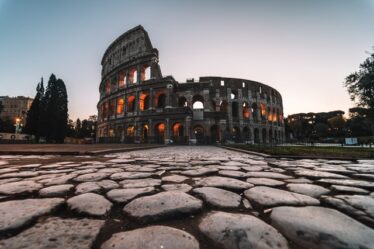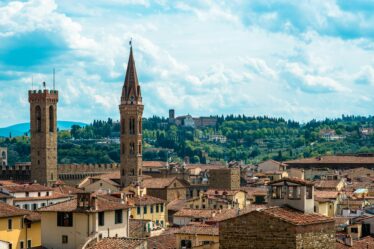

On the right side of the main Via Martelli, facing Piazza Duomo, are a number of structures that have undergone alterations over time. Following an ancient house that belonged to the rectory of the baptistery is one of them, which has a mammoth, a construction characteristic of the late nineteenth and early twentieth century. Currently arranged across five stories and seven axes, it is referred to as Palazzo Ruspoli.
Curiosity can be found at… Greetings from the earth below. As we look above, we can see a tabernacle protected from the elements by a glass covering over a painting. But to that height, what good does it do? The painter of this piece, Lorenzo Di Bicci, is remembered by Vasari in the “vines gods more excellent painters, sculptors, and architectors”: “He made the same times Iol tabernacle of the song to the cuculia and what is in the Via Dè Martelli, in the facade of the houses.”
Following the construction at the end of the eighteenth century, the fresco in issue was relocated to the nearby house that became Palazzo Ruspoli at the end of the nineteenth century. This caused the wretched tabernacle to become inoperable at that height and out of sight for people.
Since S. Giovanni controlled the site, Piero Bargellini himself had suggested removing the painting and putting it in a municipal museum or perhaps the baptistery. However, once his mandate ended, everything was lost to obscurity. Truth be told, that “altitude” is still there in the summits. Lorenzo Bicci’s fifteenth-century painting of the Madonna and Child is still there.



